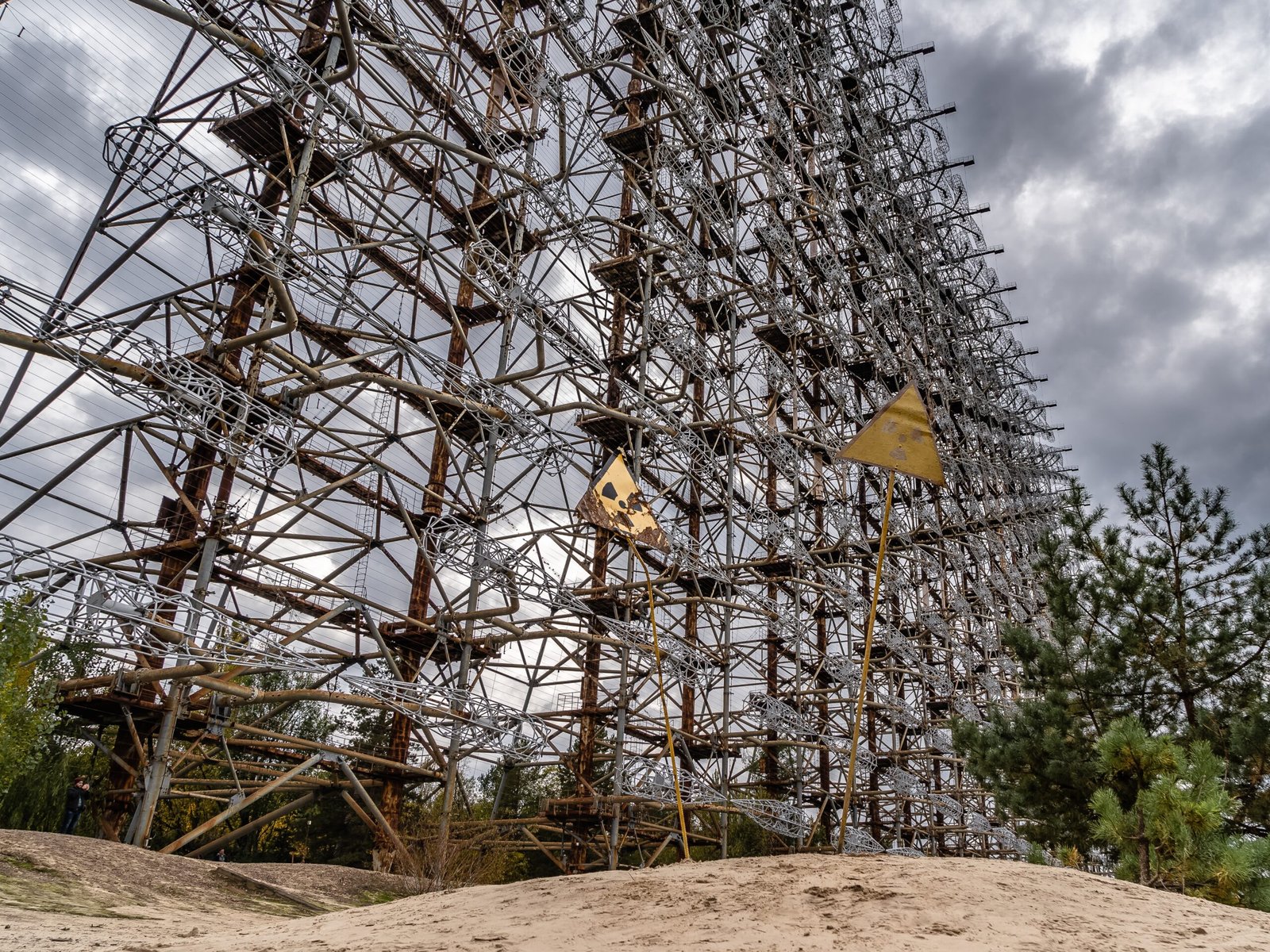When it comes to landscaping, most people think of beautiful flowers, lush green lawns, and well-manicured shrubs. But what if your landscape could not only be visually appealing but also serve a practical purpose? That’s where edible landscaping comes in.
Edible landscaping is the art of incorporating food-producing plants into your landscape design. It’s a way to combine the beauty of traditional landscaping with the functionality of a vegetable garden or orchard. By integrating edible plants into your outdoor space, you can create a sustainable and productive environment that not only looks good but also provides you with fresh, homegrown produce.
Benefits of Edible Landscaping
There are numerous benefits to incorporating edible plants into your landscape:
1. Aesthetically Pleasing
Edible plants can be just as visually appealing as ornamental plants. With a wide variety of fruits, vegetables, and herbs to choose from, you can create a vibrant and colorful landscape that is both beautiful and functional.
2. Sustainable Gardening
Edible landscaping promotes sustainable gardening practices. By growing your own food, you reduce your reliance on commercially grown produce, which often requires large amounts of water, pesticides, and fossil fuels for transportation. Additionally, edible plants can provide habitat and food for beneficial insects and wildlife, contributing to a healthier ecosystem.
3. Fresh and Nutritious Food
One of the most obvious benefits of edible landscaping is the access to fresh and nutritious food. Imagine stepping outside your door and picking a ripe tomato or plucking a handful of herbs for your dinner. By growing your own food, you have control over what you eat, ensuring that it is free from harmful chemicals and pesticides.
4. Cost Savings
Growing your own food can also lead to significant cost savings. By reducing your trips to the grocery store and growing your own produce, you can save money on your food bill. Additionally, edible landscaping can increase the value of your property, making it a worthwhile investment.
Designing an Edible Landscape
When designing an edible landscape, it’s important to consider both the aesthetic and functional aspects. Here are some tips to get you started:
1. Choose the Right Plants
Select plants that are well-suited to your climate and growing conditions. Consider the amount of sunlight, soil type, and water availability in your area. Incorporate a mix of fruits, vegetables, herbs, and edible flowers to add variety to your landscape.
2. Plan for Succession Planting
Plan your planting schedule to ensure a continuous harvest throughout the growing season. By staggering your plantings, you can enjoy a steady supply of fresh produce. Consider planting cool-season crops in spring and fall, and warm-season crops in summer.
3. Create Functional Spaces
Integrate edible plants into existing landscape features such as borders, flower beds, or containers. Consider using trellises or arbors to support climbing plants like tomatoes or beans. You can also create dedicated areas for growing vegetables or herbs, such as raised beds or container gardens.
4. Embrace Companion Planting
Companion planting is the practice of growing different plants together that benefit each other. For example, planting marigolds alongside tomatoes can help deter pests. Research companion planting techniques to maximize the health and productivity of your edible plants.
Maintaining an Edible Landscape
Like any garden, an edible landscape requires regular maintenance. Here are some essential tasks to keep in mind:
1. Watering
Provide adequate water to your plants, especially during dry periods. Consider installing a drip irrigation system to conserve water and ensure that your plants receive the right amount of moisture.
2. Mulching
Apply a layer of organic mulch around your plants to help retain moisture, suppress weeds, and improve soil fertility. Mulching also adds an attractive finishing touch to your landscape.
3. Pruning and Harvesting
Regularly prune your plants to maintain their shape and encourage healthy growth. Harvest fruits and vegetables when they are ripe to ensure the best flavor and quality.
4. Pest and Disease Control
Monitor your plants for pests and diseases and take appropriate action if necessary. Consider using organic pest control methods to minimize the use of chemicals.
Conclusion
Edible landscaping is a creative and sustainable way to transform your outdoor space. By combining beauty and function, you can enjoy a visually appealing landscape that also provides you with fresh, homegrown food. Whether you have a small backyard or a sprawling estate, there are endless possibilities for incorporating edible plants into your landscape design. So why not give it a try and start reaping the benefits of edible landscaping?















